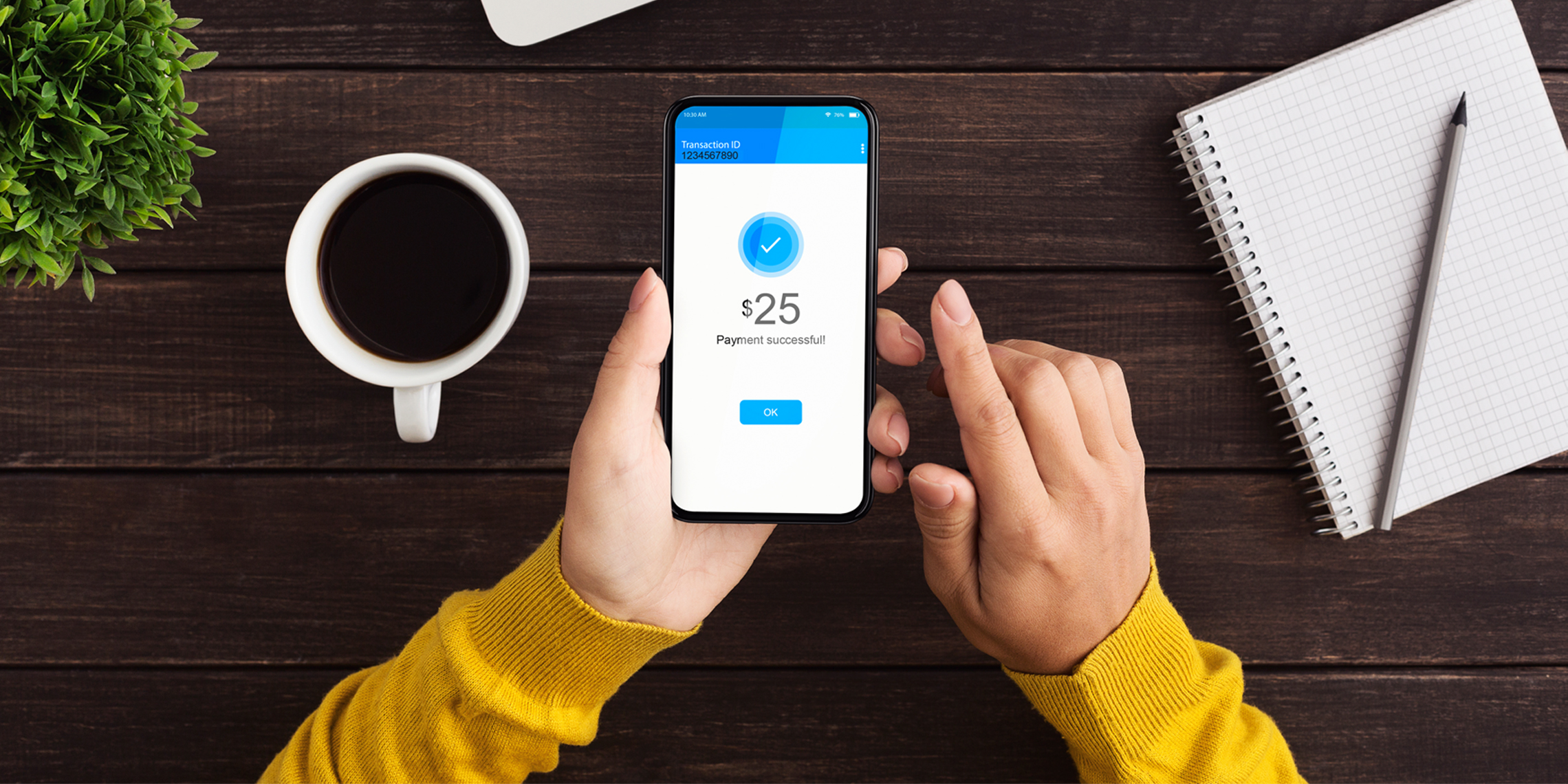Download our e-Treasury Secure Browser
Download the Sterling e-Treasury Token Client
Download our e-Treasury Secure Browser
Download the Sterling e-Treasury Token Client
Due to weather conditions, NY banking centers in Orange, Rockland, Ulster, and Sullivan county will open at 10am today. Online Banking, Mobile Banking, ATM’s, and the Contact Center remain available.
For optimal viewing experience, please use a supported browser such as Chrome or Edge
Download Edge Download Chrome
Published on November 13, 2019 | 2 min read |
Digital banking and online banking are not the same thing. Your business needs both.
Online banking is about basic access to your banking information. Digital banking is about automating every step of the banking relationship.
The very first examples of digital banking—credit cards and ATM machines—were essentially new layers of service added onto existing banking systems. As more elements of bank systems become digital, that largely invisible conversion has been crucial to providing commercial and personal banking customers with the very visible tools and convenience they expect.
The more fully digital a bank has become, the easier it is to provide the products and services customers demand, reduce costs, respond quickly when needs change, and embrace new technologies.
For businesses, that means much more than more robust versions of familiar consumer tools such as online bill paying, account access, and mobile banking. Less traditional commercial services made possible through digital banking include cash position reporting, allowing your business to better understand it’s current cash flow and any limitations or opportunities that exist because of that situation, real-time information reporting to make sure you have the information you need, when you need it, and even Quickbooks Direct Connect, giving you the ability to understand your full-scale financial situation in one spot. These services, and more, are built to save your company time and money.
Webster Bank, N.A.
Webster, Webster Bank, Webster Investments, the Webster Bank logo
and the W symbol are trademarks of Webster Financial Corporation
and registered in the U.S. Patent and Trademark Office.
© 2025 Webster Financial Corporation. All rights reserved.


